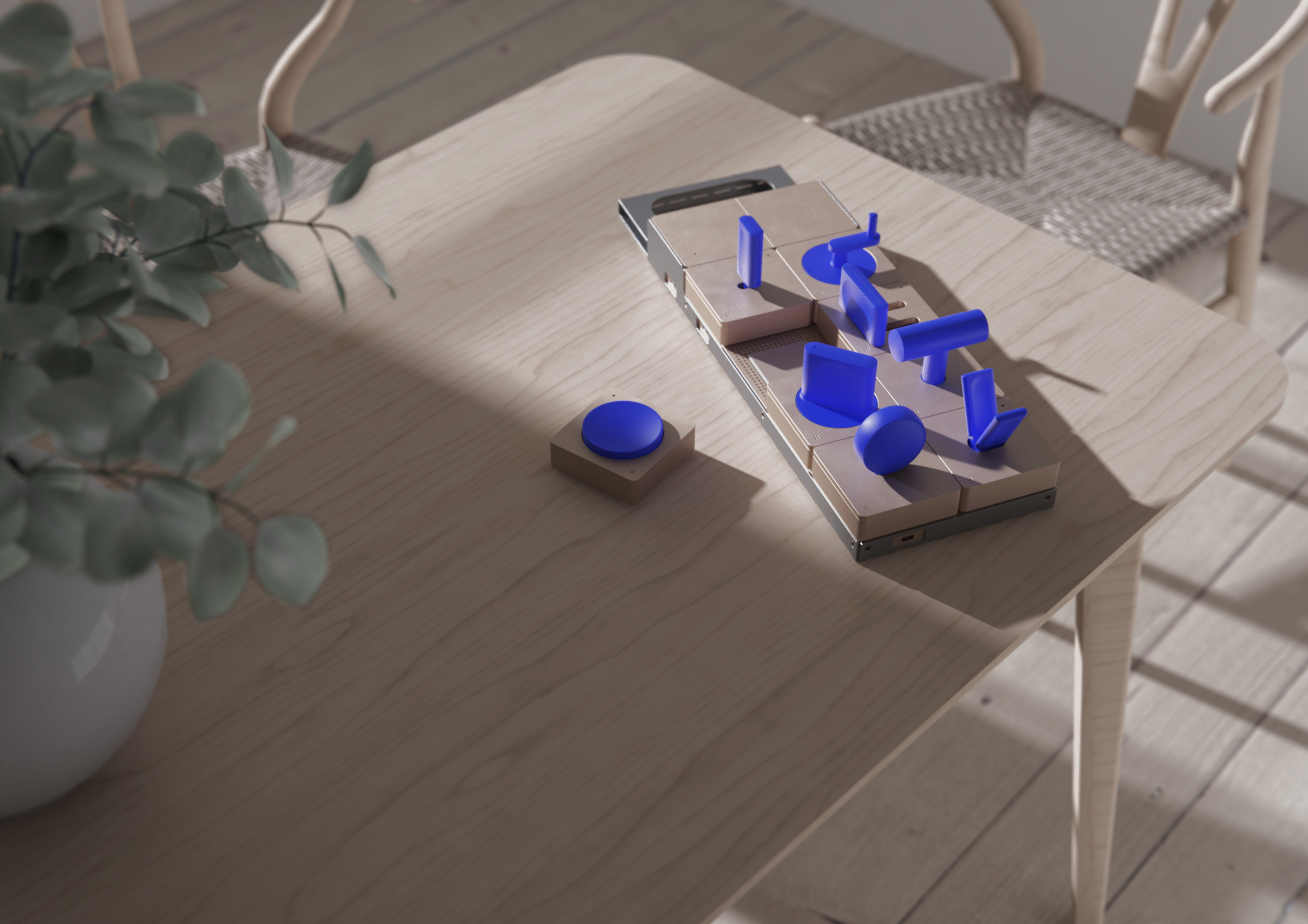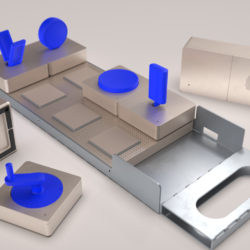Die Gamifizierung der alltäglichen Dinge / The Gamification of Everday Things
Description
The thesis project "The Gamification of Everyday Things" is a visual answer to the question of what impact a complete gamification would have on everyday life. It adopts the instruments of manipulation that are common in the digital context and reflects these on analog activities. Basically, it is a competition between friends: who will manage to spend most time on analog activities? It doesn't matter whether you gamify your books, your guitar or your dishes - there is nothing that cannot be tracked and compared.What is the Topic?
The topic is the increasing occupation of everyday life by gamification. These are mechanisms that have been adapted from the world of gaming and are designed to increase interaction with applications. The underlying psychological effect can best be compared to gambling. In search of the next "kick", users sometimes subconsciously reach for the devices. This happens many times a day and consumes hours of time. The aim is to visualise this for the viewer of the product so that their own actions can be better questioned.
Why does it look like this?
This object fulfils the purpose of a haptic reproach, it should be present in the apartment and raise the unpleasant question why the mobile phone has the full attention again. The product belongs to the application spectrum of smart home devices, but is intended to be a statement and not subordinate itself like the classic IOT products in the private sector. Accordingly, a sculptural appearance and an innovative use of materials were aimed for. Especially the points of interaction are visually highlighted and have a playful character.
What is special?
Making the invisible visible makes the object so special. It visualizes forces that surround us in everyday life and influence us continuously without the user being aware of it.
What is new?
This object builds a bridge between analog and digital. It questions the practice of the digital world in a new way and makes the influence it can have on daily life visible.




